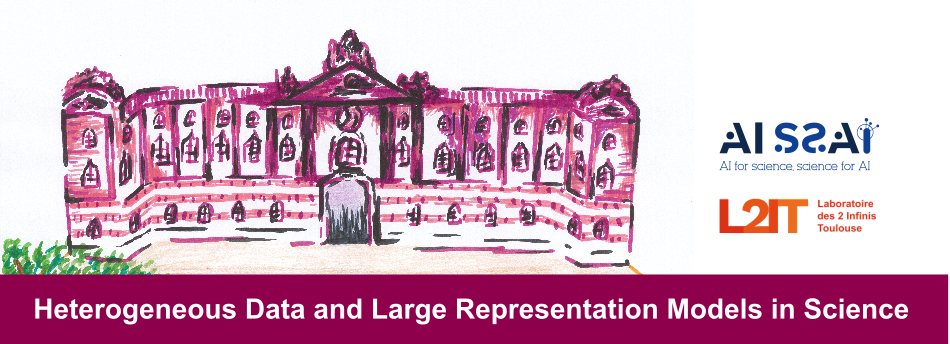Speaker
Description
A new paradigm for weather and climate prediction has emerged recently : data-driven prediction models have achieved similar performances as standard physics-based models, thanks to an accurate (task-specific or task-agnostic) encoding of the data distribution. While these models are able to efficiently use relatively homogenous data, the next challenge to expand the capabilities of data-driven modeling is to fully exploit the vast range of atmospheric observations, characterized by spatio-temporal variations and heterogeneous outputs (point or spatial time series, vertical profiles, vertically integrated data, … ). An overview of existing LRM for weather & climate prediction will be presented, as well as early results for integrating heterogeneous data sources.
| Contribution length | Middle |
|---|

